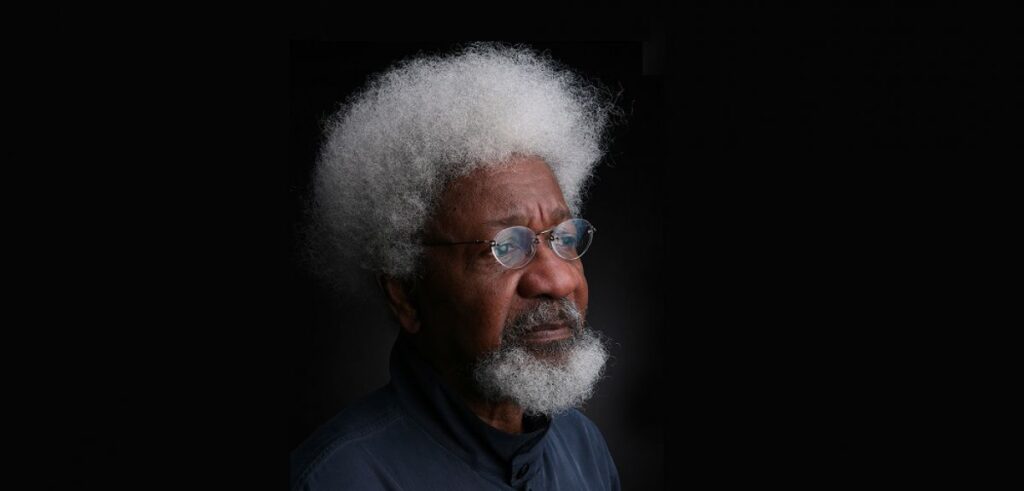
Human sacrifice, in particular, was an evolutionary strategy—a cultural practice that contributed to group survival, under prevailing environmental conditions. The survival value of this behavior trait is evinced in its nearly universal adoption among pre-industrial humans.
“The idea of human sacrifice,” notes Wikipedia, “has its roots in deep prehistory, in the evolution of human behavior”.
In Africa, as elsewhere, the reasons for sacrificing humans were mainly religious—at least on the surface. Occasions for appeasing or propitiating the gods with human blood, included natural disasters, the appearance of a comet, a meteorite fall, royal ceremonies and seasonal changes.
Beneath these religious rationalizations though, highly rational forces were at work: A combination of inherited notions, handed down through the priests, and a collective, subterranean awareness of what group survival required at a particular time and place.
My eye-opener, in this regard, was a copy of J.E. Casely Hayford’s Gold Native Institutions, which I came across 45 years ago, as a research student at the University of Ghana. Writing in 1903, Hayford—a Fanti lawyer and early nationalist—penned a strong defense of Ashanti and other Akan institutions.
In addition to his very lucid explanation of Ashanti social organization and administrative structure, Hayford argued that such traditional practices as trial-by-ordeal and fetish worship—widely denounced as “savage” customs—also had logical and rational underpinnings.
When a traditional Akan court failed to reach a decision, for example, a defendant was required to drink a large amount of an herbal concoction known as “edum”. If the preparation came back, the accused was considered innocent. Otherwise, he was deemed guilty.
“I have heard this [and the chewing of uncooked rice in other parts of West Africa] explained on physiological grounds,” he wrote, “as being highly scientific, and possibly there may be some physiological reason why a guilty person attempts in vain to return the edum”.
The discipline of neuropsychology has only recently become firmly established. So Hayford had no way of knowing, that African priests had, through trial and error, stumbled upon principles that would, a hundred years later, be computerized and used to free falsely accused convicts in the U.S.A!
Much more profound, and pertinent, is his understanding of Akan religious psychology. Casely Hayford reported, in his 452-page opus (by the standard of his times), that Ashanti priests actually attended traditional “seminaries,” where they were trained in medicine and native psychology.
“A Priest’s training,” Hayford says, “begins early in his life. He is generally sent away… to a seminary, where he serves out his apprenticeship, which may cover… three years. During that time he learns the use of herbs and their application to the cure of disease, at which he becomes very proficient…”
Among the Ashanti, there was a Guild of Priests whose members were, according to Hayford, fiercely loyal to each other and very protective of their trade secrets. Thus when a priest was called in from outside the district, his Guildsmen briefed him fully on the trials and tribulations of the sick person.
The visiting priest then repeated this intelligence to the client’s friends and relations, to re-enforce his claim to mysterious powers. “The people understand the deception,” Hayford noted, “but they never expose it; for the Priest’s office is a sacred one…”










